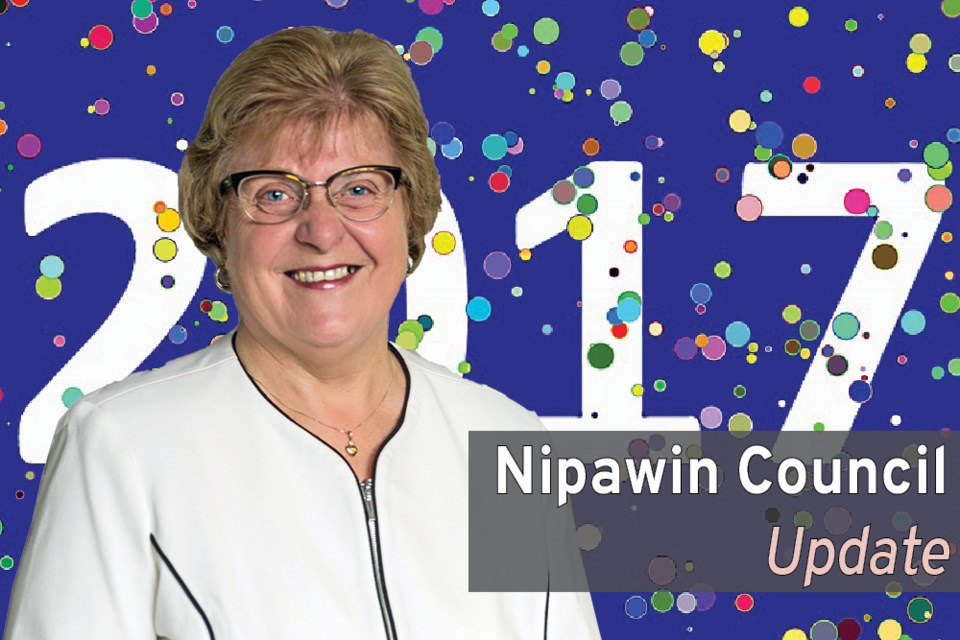For Nipawin’s mayor, 2017 was a learning year, where projects like the water treatment plant, landfill regionalization and the pool went ahead, while a change in taxation philosophy sparked local debate.
“Probably the biggest thing at the get-go of 2017 for this council was the fact that we were all new – and we had to have a byelection in the middle of it,” Rennie Harper said. The byelection, held Sept. 20 due to Marla Walton’s resignation, brought Jan Boughen to the stage.
With seven brand-new members – and Ray Serack, who was elected in a byelection held towards the end of the previous term – much time and effort was spent learning about each other, their new roles and taking courses in municipal leadership.
“We actually had the advantage that the previous council had put in place a number of things, so we were able in 2017 to successfully complete The Pool @ Central Park,” Harper said. “It opened on time and it opened on budget.”
Other items Harper acknowledged the previous council for was the water treatment plant, which is slated to be opened in 2018 and is on time and budget so far, and the Boreal Area Regional Waste Authority, an effort to regionalize the landfill so that the users share in the cost of updating it to meet provincial environmental standards. Harper said the authority has six municipal partners and will be ready to go in early 2018.
The town has also started to clean up its old bylaws and policies, developed a new website and hired a new economic development officer, Jayne Remenda.
“We’ve faced some difficult issues in 2017 and probably the most difficult among those was this whole taxation conversation,” Harper said.
Council decided to reduce a flat fee charged to all properties, the base tax, with the idea that the town’s essential services used by everybody should be paid by everybody. Services on top of that would be paid by a tax levied based on the proportion of a property’s value – the mill rate.
The result: the proportion of the town’s taxes borne by residential properties has gone down from 72 per cent to 69 per cent, while commercial properties have gone up from 24 per cent to 28 per cent. That has Nipawin businesses concerned they are paying a higher share of the taxes than is fair.
Harper said that complicating this shift in taxation philosophy, which is to happen over a number of years, was a reassessment of property values and provincial funding cuts.
“We took all the right things into consideration and I don’t think we apologize for that.”
For 2018, the town is about to release a new strategic framework at its Jan. 8 meeting. Focused on making Nipawin ‘a town for the people,’ the framework will go from 2017 to 2021. Council will then consult with the public, ensuring the contents of the framework is something residents want.
If there’s something the town will be focusing on improving next year, it’s communicating with the public.
“Engaging the public is probably the most important thing that we’ve learned and we want to figure ways to do that better,” Harper said.
The town’s still working out the best way to do that. It’s looking at having an open house to discuss the framework.
As for Harper’s highlight of 2017, it was the Canada 150 celebration on Main Street, which saw the town, exhibition association, business improvement district and chamber of commerce come together. The mayor said the parade had one of the largest turnouts she had seen.
“It actually shows that people want to be engaged. Organizations and ordinary people want to get together and celebrate that they live in a safe community and a happy community and a welcoming community.”

.png;w=120;h=80;mode=crop)


